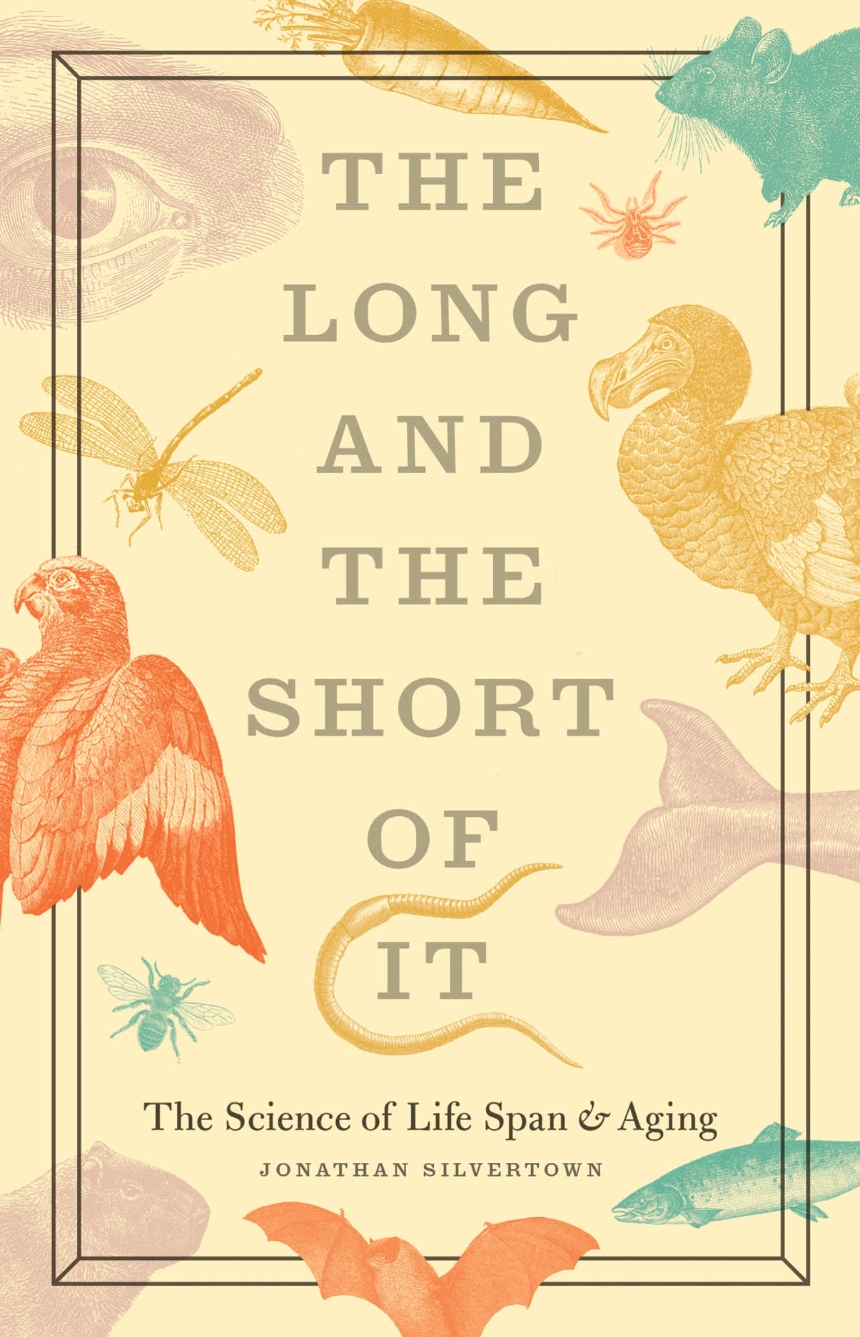The Long and the Short of It
The Science of Life Span and Aging
Everything that lives will die. That’s the fundamental fact of life. But not everyone dies at the same age: people vary wildly in their patterns of aging and their life spans—and that variation is nothing compared to what’s found in other animal and plant species. A giant fungus found in Michigan has been alive since the Ice Age, while a dragonfly lives but four months, a mayfly half an hour. What accounts for these variations—and what can we learn from them that might help us understand, or better manage, our own aging?
With The Long and the Short of It, biologist and writer Jonathan Silvertown offers readers a witty and fascinating tour through the scientific study of longevity and aging. Dividing his daunting subject by theme—death, life span, aging, heredity, evolution, and more—Silvertown draws on the latest scientific developments to paint a picture of what we know about how life span, senescence, and death vary within and across species. At every turn, he addresses fascinating questions that have far-reaching implications: What causes aging, and what determines the length of an individual life? What changes have caused the average human life span to increase so dramatically—fifteen minutes per hour—in the past two centuries? If evolution favors those who leave the most descendants, why haven’t we evolved to be immortal? The answers to these puzzles and more emerge from close examination of the whole natural history of life span and aging, from fruit flies, nematodes, redwoods, and much more.
The Long and the Short of It pairs a perpetually fascinating topic with a wholly engaging writer, and the result is a supremely accessible book that will reward curious readers of all ages.
208 pages | 2 halftones, 1 table | 5 1/2 x 8 1/2 | © 2013
Biological Sciences: Evolutionary Biology, Natural History
Reviews
Table of Contents
1. Death and Immortality: Destination
2. An Hourglass on the Run: Life Span
3. After Many a Summer: Aging
4. The Eternal Thing: Heredity
5. Green Age: Plants
6. The Visionary Solution: Natural Selection
7. Semele’s Sacrifice: Suicide
8. Live Fast, Die Young: Pace
9. Forever Young? Mechanisms
Appendix: Scientific Names of Species Mentioned in Text
Notes
Index
